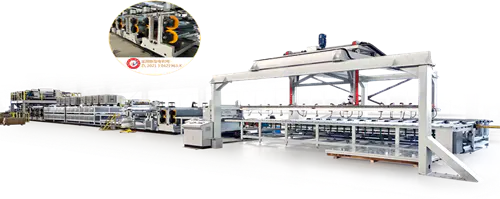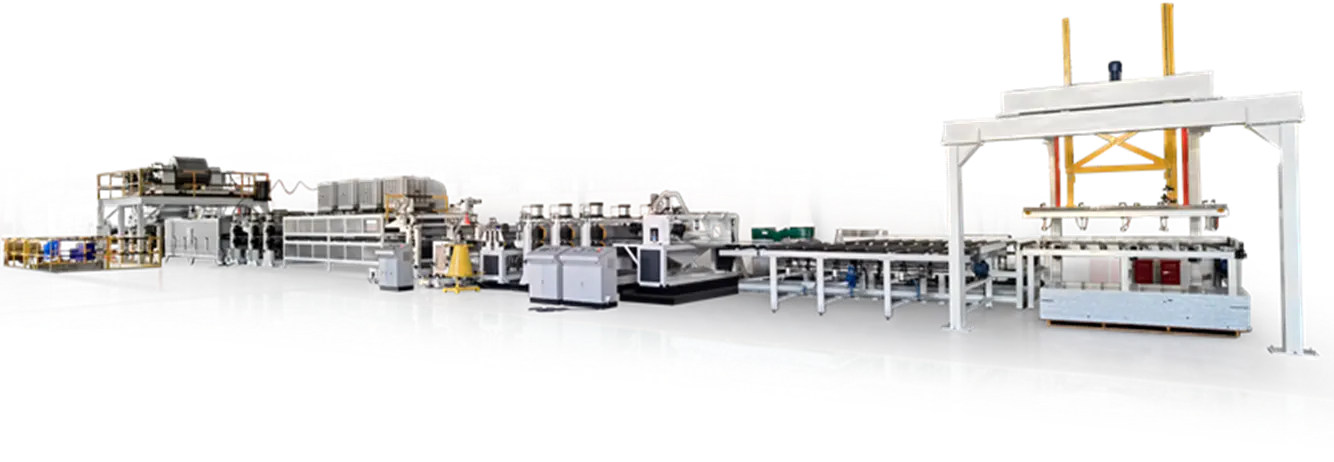In the ever-evolving world of construction and design, the utilization of advanced materials has become a hallmark of modern architecture. Among these materials, ACP (Aluminium Composite Panel) and aluminium board panels stand out as versatile solutions that have redefined the possibilities in the realm of building exteriors and interiors. This article delves into the distinct features and applications of ACP and aluminium board panels, shedding light on their comparative advantages and the diverse ways they are employed in contemporary construction.
Aluminium Composite Panel (acp aluminium composite panel):
ACP, a composite material made of two aluminum sheets bonded to a non-aluminum core, has become a staple in architectural design for its exceptional attributes. The combination of lightweight aluminum and a rigid core material results in a panel that is both durable and flexible. The primary advantage of ACP lies in its versatility of use, making it a preferred choice for architects and designers across the globe.
One of the key applications of ACP is in building facades. The ability to mold ACP into various shapes and sizes allows architects to create visually stunning and unique facades. The panels can be customized to meet specific design requirements, offering architects a canvas to express their creativity. The lightweight nature of ACP also makes it easy to handle during installation, reducing labor costs and construction time.
Beyond aesthetics, ACP provides excellent thermal insulation and soundproofing properties. The non-aluminum core material enhances the insulation capabilities of the panels, contributing to energy-efficient buildings. This makes ACP an environmentally conscious choice, aligning with the growing emphasis on sustainable construction practices.
Additionally, ACP finds extensive use in interior design. From decorative wall cladding to furniture applications, ACP panels add a touch of modernity to interior spaces. The ease with which ACP can be cut and shaped allows for intricate designs and patterns, providing interior designers with a versatile material to bring their concepts to life.
Aluminium Board Panels:
Aluminium board panels share the lightweight and durable characteristics of ACP but come with their own set of unique features. These panels consist of a solid aluminum sheet, offering a more rigid structure compared to the composite nature of ACP. The simplicity and strength of aluminium board panels make them suitable for specific applications where a solid surface is desired.
One prominent use of aluminium board panels is in signage and advertising. The solid aluminum sheet provides a smooth and flat surface, ideal for printing graphics and text. The durability of the material ensures that the signage remains intact in various weather conditions, making it a reliable choice for outdoor advertising.
Moreover, aluminium board panels excel in applications where strength and resilience are paramount. Their solid structure makes them suitable for areas with high impact or load-bearing requirements. This includes usage in transportation, such as the construction of lightweight but robust vehicle bodies and interiors.
Comparative Advantages:
While both ACP and aluminium board panels share the benefits of being lightweight, durable, and customizable, their distinctive compositions lend them to different applications. ACP shines in projects that demand flexibility, intricate designs, and enhanced insulation properties. On the other hand, aluminium board panels excel in scenarios where a solid, unyielding surface is crucial, such as in signage, transportation, and areas requiring high structural strength.
In conclusion, the widespread use of ACP and aluminium board panels in modern architecture attests to their versatility and adaptability. These materials have transcended traditional boundaries, becoming integral components in the creation of aesthetically pleasing, energy-efficient buildings and durable, impactful signage. As architects and designers continue to push the boundaries of innovation, ACP and aluminium board panels will undoubtedly play a central role in shaping the structures and spaces of the future.

 中文简体
中文简体 English
English Português
Português русский
русский Español
Español عربى
عربى








